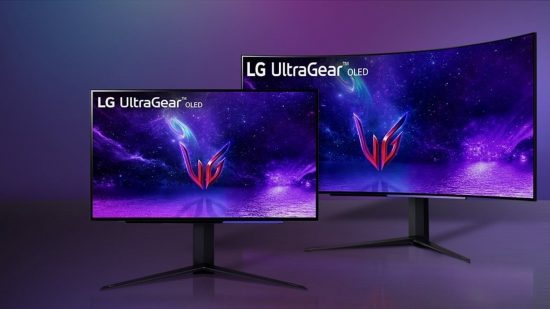If you’re holding off on buying an OLED gaming monitor due to the high prices, your prayers may soon be answered as LG prepares to scale up its production of OLED displays by as much as 20%.
OLED panels are steadily creeping into our list of the best gaming monitors, and despite their high prices, the improved image clarity over traditional LCD panels is making them popular with gamers who can afford them. LG is now potentially opening them up to a wider audience, though, as it’s making a huge investment into OLED panel production, which could result in OLED TVs and monitors soon being available for a lot less money.
In a report by What HiFi, LG Display confirmed that it is preparing an investment of approximately $1 billion, which will have huge implications for its OLED TV and monitor markets.
OLED tech boomed during the COVID-19 pandemic, as so many people were confined to their houses and apartments, and did everything they could to improve the equipment they use for work and play.
In the years since, sales have dropped substantially, as late adopters are hesitant to cough up the inflated costs. MSI‘s recent releases may have fallen as low as $799.99 for a 27-inch OLED gaming monitor, with a 32-inch model available for $949.99, but these prices are still out of the reach of many gamers.
For LG, this investment is all about putting more OLED displays onto the market compared to 2023. This is where the 20 percent increase comes from, being a direct comparison to its most recent output. LG already provides OLED panels for many other brands, including Samsung, Sony, and Panasonic, so we’re keen to see if this increased production has any direct impact on its delivery obligations to competitors.
As one of the biggest brands in both TVs and monitors, this investment is likely to trigger a response from competitors, not necessarily in terms of increasing production because we’ve just alluded to everyone buying their panels from LG, but prices could get more competitive as they try to tempt the market into finally making the switch away from LCD.
Another huge component of this is the extended burn-in warranties that are offered by MSI, Asus, and now Gigabyte as they fight to offer the best package possible.
Still not sure where you stand on gaming monitor panels? Well, we can take you through everything you need to know, so you’ll be able to tell an IPS from a VA and even a TN.
